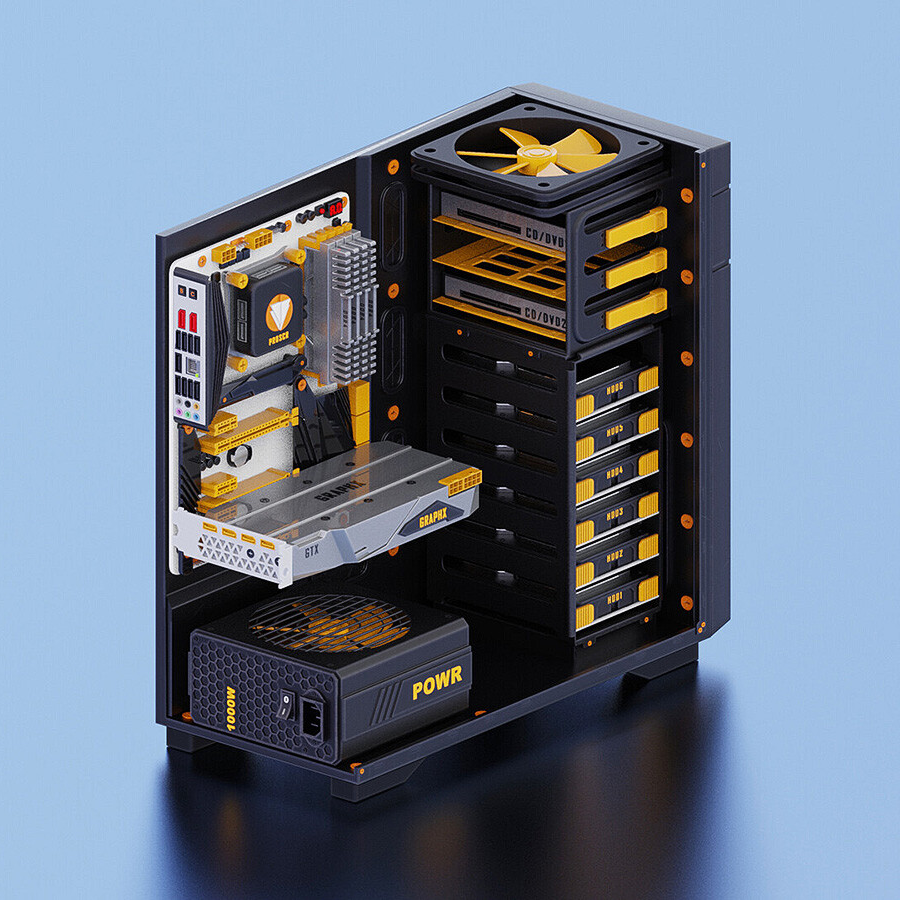There exists other words that start with gi but use the soft g, gin for example. But regardless, the pronunciation of one word is not determined by the pronunciation of other unrelated words.
boothin
- 5 Posts
- 51 Comments

 4·1 year ago
4·1 year agoNeither have sauce in them, they are more akin to a calzone
A driver that doesn’t know the standard road signs and road laws is more dangerous. Stopping in the middle of the road to figure out what a common sign means isn’t being careful, it’s being a bad driver and making the road more dangerous for everyone else.
The thing is, you’re not putting a dissertation on one of these signs. You’re already supposed to yield on a solid green if you’re turning left without a green arrow, that’s already the law. This sign is a reminder for the stupid people about something they’re already supposed to do, not allow someone who’s never driven in their life to learn the laws as they go.
You’re ignoring the giant green circle on the sign, which means you yield on green solid, not green arrow. Green arrows give you right of way. If you’re in the US and drive, please learn the road signs
That’s not what the definition said, realise is just the British spelling. If you re-read the definition in your screenshot, it says both realizes and realises are 3rd person present

 461·1 year ago
461·1 year agoI believe the developer is in complete control of the pricing on steam, so it would be the developer being shady

 7·1 year ago
7·1 year agoyou can, yes. it’s called hard drive shucking and is extremely common.
The chance of you rolling [6,6,6,6,6,6,6,6] is the same chance of rolling [1,5,3,2,3,5,3,4] that’s how randomness works
The 16 on the stick is because it’s sold as a 16g kit, and the 8 on the internal name is because that stick is an 8gb stick. Yes, this is common

 40·1 year ago
40·1 year agothere’s an entire wikipedia article for this that makes it super easy https://en.wikipedia.org/wiki/Pirated_movie_release_types
Honestly I just picked it here because I thought it’d look nice giving a big hit of green color and gives a good texture addition since everything else is pretty soft, this adds some crunch to the dish. For me there’s no vegetable that really stands out to me where I will look forward to it, except maybe roast potatoes lol

 15·1 year ago
15·1 year agoIs it just me or does that “comparison” make no sense for this thread. It’s mostly comparing vaultwarden to the cloud version of bitwarden, not the self hosted version. It only mentions the self hosted version in passing. It doesn’t do anything to help someone choose between vaultwarden and self hosted bitwarden
It’s a little hard to tell from your photos but it looks like your nozzle might be too close to the bed. The first layer looks thin in places and the baconing could be from the plastic being squeezed out the sides
I’m not sure if I would even recommend starting with fdm if your goal is resin. So little that you learn about fdm actually transfers to resin, they really are that different. If your end goal is resin because you want to make miniatures, you’re just wasting money getting an fdm printer.

 3·1 year ago
3·1 year agoIt sounds like what you need to do at this point is find what IP address your lemmy instance and mastodon instance containers are using on your VPS. you can do “docker inspect containername” and look for the IP address in there. it might be something like 172.16.0.1 for lemmy and 172.17.0.1 for mastodon. then you want to set up your reverse proxy to point lmy.my-domain.tld to 172.16.0.1:80 (or whatever port you set lemmy to use) and then mstdn.my-domain.tld to point to 172.17.0.1:80 (again, port might be different, i dont know what the default port is)
-IF- both of the containers are using the same IP, then you will need to make sure that they are using different ports. if they are on the same ip and same port, whichever container loads 2nd will fail to properly load, because when a port is taken on an IP address, it is reserved and nothing else can try to listen on that port.

 10·1 year ago
10·1 year agoSo a reverse proxy is sort of like a phonebook or directory, it routes outside requests to the appropriate place. So imagine your reverse proxy is a receptionist, someone comes in and says “hey I am looking for plex.mydomain.com” the receptionist would then use the phonebook and say “ok if you are looking for plex.mydomain.com, go to building 192.168.1.10 (the ip), room 9000 (the port)”
Since you are asking about dockerized services, the networking for those can be done in several different ways, but the one thing that really matters is that each service needs to have a unique combination of ip and port, because only 1 service can live at each address. With docker, you could set up multiple services that use the host server’s ip, in which case each container will need to be on different ports, or you could have it so each container has its own ip, in which case the port can be anything.











It’s trivial to create new accounts and emails to verify those accounts. It is not trivial to get a new phone number since virtual numbers are blocked by the verification process.